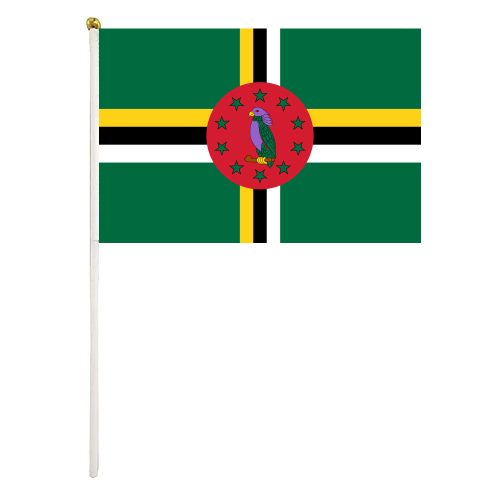Feather flags vs Traditional banners
Feather flags and traditional banners are two common types of outdoor advertising. Here are some differences between the two:
- Shape and size: Feather flags have a unique curved shape that allows them to stand out from traditional banners. They are usually taller and thinner than traditional banners, which are rectangular.
- Portability: Feather flags are lightweight and easy to move, making them ideal for outdoor events or other temporary settings. Traditional banners are heavier and more difficult to move once they are in place.
- Wind resistance: Feather flags are designed to move with the wind, which helps to prevent damage from strong gusts. Traditional banners can be damaged by strong winds and may require additional support.
- Visibility: Feather flags have a unique shape that makes them highly visible, even from a distance. Traditional banners can be difficult to see from certain angles, especially if they are not well lit.
- Customization: Feather flags can be customized with a wide range of colors and designs to help promote your business or event. Traditional banners can also be customized, but they are limited by their rectangular shape.
- Cost: Feather flags are typically less expensive than traditional banners, especially if you need to purchase multiple banners for different locations.
In summary, feather flags and traditional banners have different advantages and disadvantages, depending on your specific advertising needs. Feather flags are more portable, wind-resistant, and highly visible, while traditional banners are more customizable and have a more traditional rectangular shape. Consider your goals, budget, and location when deciding which option is right for you.


